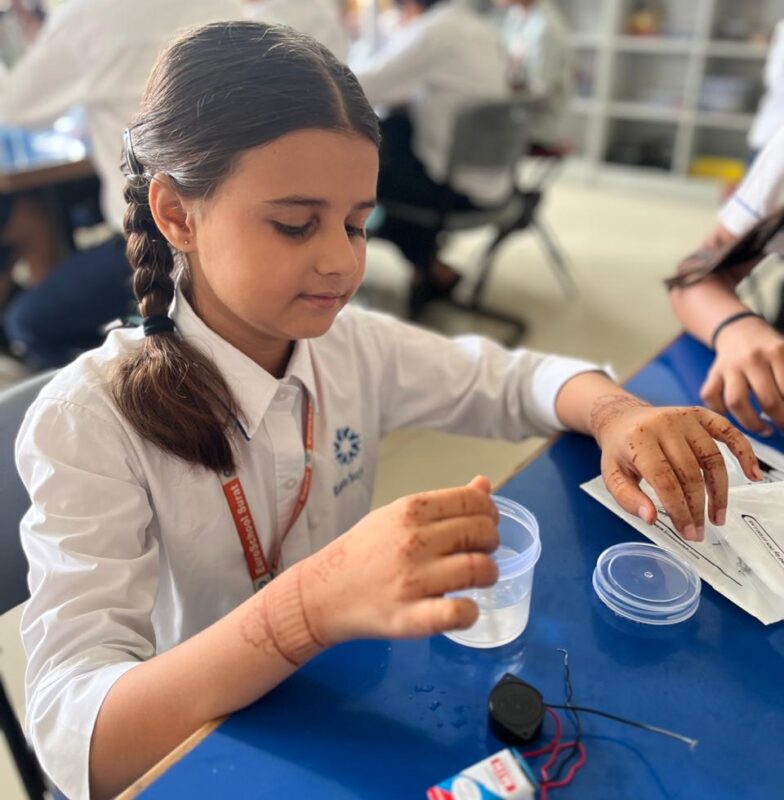
About Us
Now-a-days, the current generation of students has a lot of pressure when it comes to science and mathematics. Plain textbook knowledge has a theoretical approach. To increase the interest and to incline the students towards applying the theoretical knowledge in practical is a change that is needed. We at INN STEM LAB, aim at providing Activity Based Learning through our Hands-on skills and Innovation Labs. We are not tool suppliers or game builders. We constantly think out of the box and strive to structure environments conducive to making learning a fun experience. We are different from some STEM companies who mainly establish Mini science centers. Our core focus is to unearth genius in students by providing challenging modules to think and work. The implement process, requirements and prices we work out is very practical and affordable for different kinds of schools.
